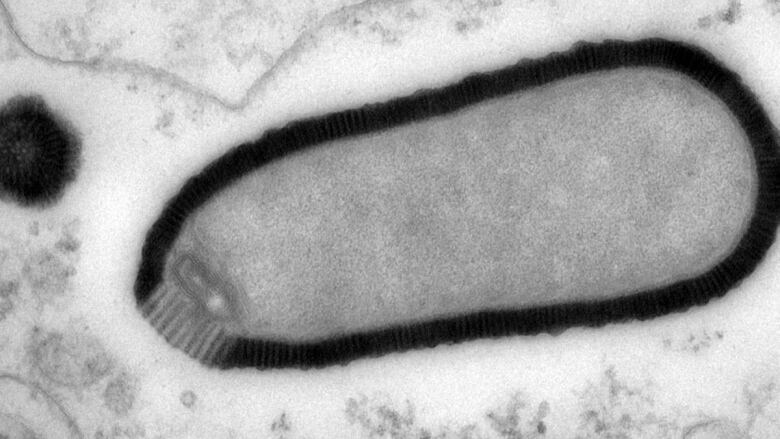Giant virus revived from ancient permafrost
Melting permafrost could unleash new human pathogens

Scientists have discovered a new type of virus in 30,000-year-old permafrost and managed to revive it, producing an infection.
Fortunately, the new virus, named Pithovirus sibericum, infects amoebas and is not harmful to humans.
Butitsability to become infectious again after so many millenniums is a warning, writes Jean-MichelClaverieat the Centre Nationaldela RechercheScientifiqueatAix-MarseilleUniversity and his colleagues in a new study published Monday.
"The revival of such an ancestral amoeba infecting virus suggests that the thawing of permafrost either from global warming or industrial exploitation of circumpolar regions might not be exempt from future threats to human or animal health," they wrote in the Proceedings of the National Academy of Sciences.
Giant DNA viruses, first discovered just 10 years ago, are so big compared withmost other viruses that they are visible under a visible light microscope. Before the new virus was discovered, just two families were known. Both infect amoebas.
The researchers collected a 30,000-year-old permafrost core from Siberia. In order to hunt for giant viruses, they took a type of amoeba that often gets infected with giant viruses and used it as bait. After the amoebas were exposed to permafrost samples, theamoebas became infected with a previously unknown giant virus. The virus has a mix of traits from the two known giant virus families.
The researchers suggest that looking for amoeba-infecting viruses in permafrost is an "inexpensive and safe way to realistically assess the threat" posed by pathogens that might be released from ancient frozen soils and sediments as permafrost melts, either due to global warming or industrial activities such as mining and drilling.
- Some other recent discoveries in permafrost:












_(720p).jpg)


 OFFICIAL HD MUSIC VIDEO.jpg)
.jpg)



























































































